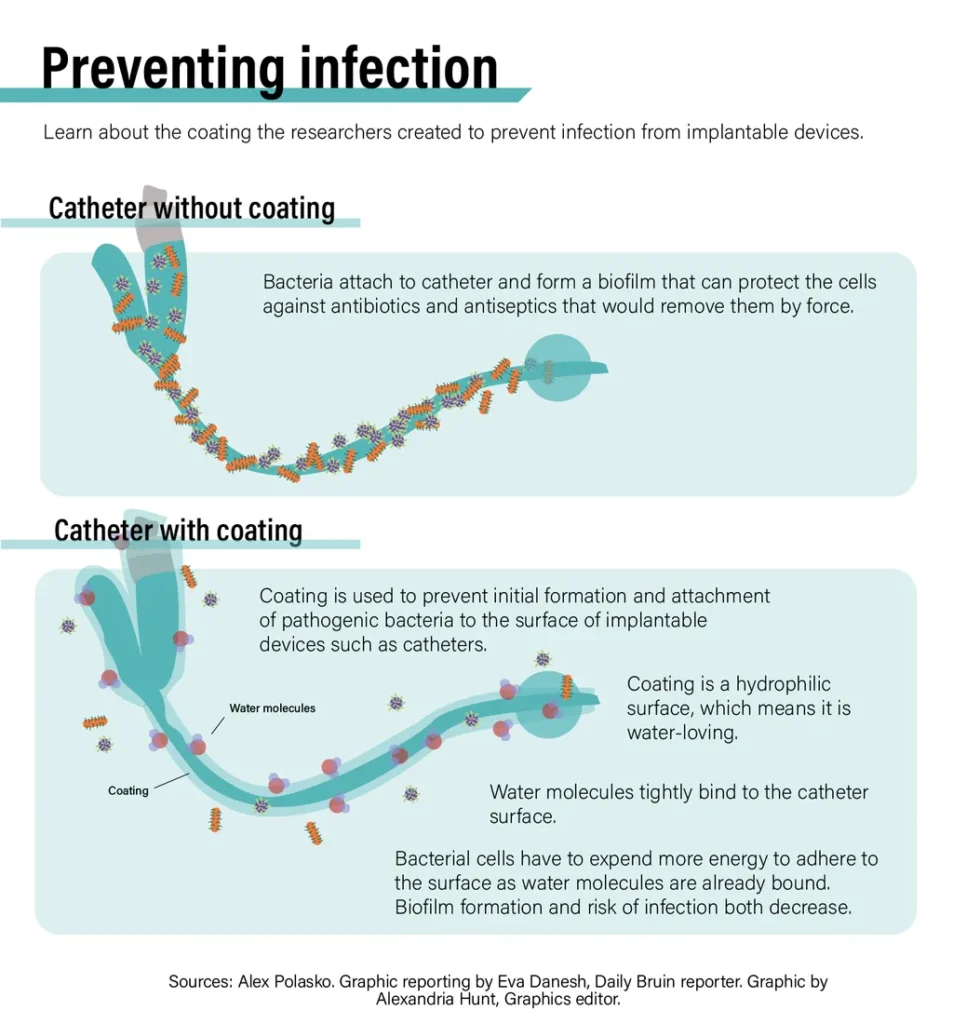In the quest for innovative solutions to combat bacterial growth, researchers have made a significant stride with a novel type of nanocoating that promises to revolutionize various industries, including construction, food processing, and medical device disinfection. The study, led by Mohammed Suleman Beg from the UCLan Research Centre for Smart Materials at the University of Central Lancashire, introduces a groundbreaking approach to antibacterial coatings that can withstand high temperatures and maintain their efficacy over time.
The research, published in the journal Nano Select (which translates to “Nano Choice”), focuses on the development of electrostatically assembled layer-by-layer waterborne nanocoatings. These coatings are composed of negatively charged Nafion and positively charged imidazole-modified graphene quantum dots (GQD-Im). The unique combination of these materials results in a coating that not only combats the growth of both Gram-positive and Gram-negative bacteria but also retains its antibacterial properties even after prolonged thermal treatment.
“This is a significant advancement in the field of antimicrobial coatings,” said Beg. “The ability of our nanocoatings to withstand dry heat sterilization without any decline in their properties opens up a plethora of applications, particularly in the medical and food processing industries.”
The coatings also exhibit remarkable chemical and structural stability, offering protection against UV radiation. This was demonstrated through dye decomposition experiments, highlighting the coatings’ potential for use in active packaging for cosmetics and drugs, as well as in the disinfection of medical devices.
The commercial implications of this research are vast. In the construction industry, for instance, these coatings could be applied to surfaces in hospitals, schools, and public buildings to create antibacterial environments that reduce the spread of infections. The food processing industry could also benefit significantly, as the coatings could be used to create packaging that extends the shelf life of perishable goods by inhibiting bacterial growth.
Moreover, the energy sector could see substantial gains. The coatings’ ability to protect against UV radiation could be leveraged to enhance the durability of solar panels and other energy-generating equipment exposed to harsh environmental conditions. This could lead to more efficient and long-lasting energy solutions, ultimately reducing costs and improving sustainability.
The research by Beg and his team represents a significant step forward in the development of advanced antimicrobial materials. As the world continues to grapple with the challenges of bacterial resistance and the need for sustainable solutions, innovations like these nanocoatings offer a glimmer of hope. By providing a robust and effective means of combating bacterial growth, they pave the way for a healthier and more sustainable future.
“This is just the beginning,” added Beg. “We are excited about the potential applications of our nanocoatings and look forward to collaborating with industry partners to bring this technology to market.”

